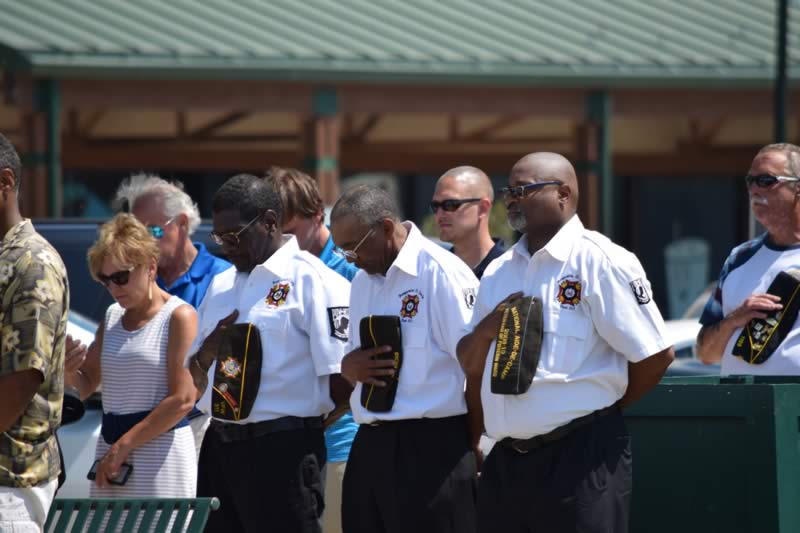
SOUTHWEST ASIA–(ENEWSPF)–July 6, 2017 — U.S. and coalition military forces continued to attack the Islamic State of Iraq and Syria yesterday, conducting 34 strikes consisting of 93 engagements, Combined Joint Task Force Operation Inherent Resolve officials reported today.
Officials reported details of yesterday’s strikes, noting that assessments of results are based on initial reports.
Strikes in Syria
In Syria, coalition military forces conducted 29 strikes consisting of 33 engagements against ISIS targets:
- Near Shadaddi, two strikes destroyed five ISIS-held buildings, a command-and-control node and a vehicle-bomb-making facility.
- Near Dayr Az Zawr, six strikes destroyed 34 ISIS oil barrels, eight oil stills, five construction items, five oil trucks, four front-end loaders, three oil storage tanks, an oil distillation tank and a wellhead.
- Near Raqqa, 21 strikes engaged 15 ISIS tactical units and destroyed 13 fighting positons, two vehicles, two heavy machine guns, a front-end loader, an unmanned aerial vehicle site and a sniper position.
Strikes in Iraq
In Iraq, coalition military forces conducted five strikes consisting of 60 engagements against ISIS targets:
- Near Beiji, a strike engaged an ISIS tactical unit and destroyed two staging areas and a vehicle.
- Near Mosul, three strikes engaged three ISIS tactical units; destroyed 19 fighting positions, 15 medium machine guns, three staging areas, three improvised bombs, an excavator, a mortar system, a rocket-propelled grenade system and a supply cache; and damaged three fighting positions.
- Near Rawah, a strike engaged an ISIS tactical unit and destroyed a staging area, a vehicle storage facility, a weapons cache and a vehicle.
July 3-4 Strikes
Additionally, 14 strikes were conducted in Syria and Iraq on July 3-4 that closed within the last 24 hours:
- On July 3 near Raqqa, Syria, a strike destroyed eight ISIS fighting positions and a vehicle-bomb factory and damaged 10 fighting positions.
- On July 4 near Hawl, Syria, two strikes engaged an ISIS tactical unit and destroyed a command-and-control node and a staging area.
- On July 4 near Dayr Az Zawr, Syria, five strikes destroyed four ISIS oil separators, four oil storage tanks, two wellheads, two oil pipe junctions, an oil still and a refinery.
- On July 4 near Raqqa, Syria, four strikes engaged two ISIS tactical units and destroyed a vehicle, a vehicle bomb and an improvised bomb.
- On July 4 near Mosul, Iraq, two strikes engaged an ISIS tactical unit, destroyed two mortar systems and damaged five supply routes.
Part of Operation Inherent Resolve
These strikes were conducted as part of Operation Inherent Resolve, the operation to destroy ISIS in Iraq and Syria. The destruction of ISIS targets in Iraq and Syria also further limits the group’s ability to project terror and conduct external operations throughout the region and the rest of the world, task force officials said.
The list above contains all strikes conducted by fighter, attack, bomber, rotary-wing or remotely piloted aircraft; rocket-propelled artillery; and some ground-based tactical artillery when fired on planned targets, officials noted.
Ground-based artillery fired in counterfire or in fire support to maneuver roles is not classified as a strike, they added. A strike, as defined by the coalition, refers to one or more kinetic engagements that occur in roughly the same geographic location to produce a single or cumulative effect.
For example, task force officials explained, a single aircraft delivering a single weapon against a lone ISIS vehicle is one strike, but so is multiple aircraft delivering dozens of weapons against a group of ISIS-held buildings and weapon systems in a compound, having the cumulative effect of making that facility harder or impossible to use. Strike assessments are based on initial reports and may be refined, officials said.
The task force does not report the number or type of aircraft employed in a strike, the number of munitions dropped in each strike, or the number of individual munition impact points against a target.
Source: http://defense.gov








